views
Shipping to remote areas like Hawaii presents unique challenges that can significantly increase logistics costs. However, through effective strategies, both businesses and individuals can reduce these expenses while ensuring timely and efficient delivery. This article offers practical tips to help you minimize shipping costs.
Optimize Packaging to Reduce Weight and Size
Choosing the Right Packaging Materials
Efficient packaging is crucial when shipping to remote destinations. Using lightweight, durable materials can decrease the overall weight of your shipment, which is often a major factor in shipping costs. Opt for new packaging technologies that offer robust protection with less material bulk.
Designing for Efficiency
Compact packaging not only saves on materials but also reduces the space your items occupy in a shipping container or cargo hold. This can be especially beneficial when paying for container space or air freight. Design your packaging to fit the dimensions of your product snugly, eliminating unnecessary volume.
Consolidate Shipments
Benefits of Consolidation
Combining multiple orders into one shipment can result in significant cost savings, especially when shipping to a single location. This approach minimizes the number of shipments, thereby reducing costs related to shipping frequency, such as fees and handling charges.
How to Consolidate Effectively
Plan your inventory and order schedules to align shipments going to the same destination. Using logistics software or consulting with a freight forwarder can help you synchronize deliveries and consolidate shipments more effectively.
Choose the Right Shipping Mode
Understanding Different Modes of Transportation
Choosing between air freight and sea transport is a crucial decision in shipping. Sea transport is often more cost-effective and can accommodate larger volumes, making it ideal for non-urgent shipments of heavy or bulky goods. In contrast, air freight offers speed but comes at a higher cost, making it suitable for urgent or high-value items.
Selecting the Best Option for Your Needs
Assess the urgency, budget, and size of your shipment to determine the most cost-effective mode. Combining both modes —using sea freight for the bulk of your shipments and air freight for urgent items — can also be a strategic way to balance cost and speed.
Negotiate with Multiple Carriers
Shopping Around for the Best Rates
Do not settle for the first shipping quote you receive. Instead, request quotes from several carriers and compare their rates and services. This can provide leverage in negotiations and help you secure more favorable terms.
Long-Term Partnerships
Establishing a long-term relationship with a carrier can result in more favorable rates and terms. Carriers appreciate repeat business and are often inclined to provide discounts to loyal customers. This approach is especially beneficial for businesses that frequently ship to specific destinations.
Be Aware of Hidden Costs
Identifying Potential Additional Charges
Shipping to remote destinations can incur various hidden costs, including customs duties, taxes, and fees for special handling. It’s essential to understand these potential expenses upfront to avoid surprises.
How to Avoid Unnecessary Fees
Ensure that all documentation is complete and accurate to avoid delays and penalties. Understanding the specific requirements for shipping to Hawaii, such as agricultural inspections, can also help you prepare adequately and avoid costly hold-ups.
Maximizing Efficiency in Remote Shipping
Effective shipping management demands a strategic approach to control costs. This involves a thorough evaluation of every component of the shipping process. By optimizing packaging, you can not only cut material costs but also decrease dimensional weight, significantly lowering shipping expenses. Consolidating shipments allows you to benefit from bulk rates and reduces the frequency of individual shipments, which can quickly increase costs. Selecting the appropriate shipping mode is critical, considering factors such as delivery speed and cost—air freight offers speed at a higher price, whereas ocean freight is more economical but slower. Negotiating with carriers can secure better rates and terms, especially with substantial shipping volumes. Moreover, staying alert to hidden costs, like fuel surcharges and handling fees, prevents unexpected budget increases. By adopting these practices, you can achieve considerable savings, enhance efficiency, and improve the reliability of your shipping operations, serving both local and distant destinations effectively.

















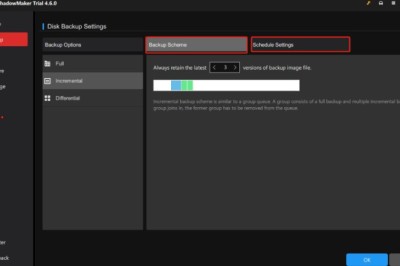
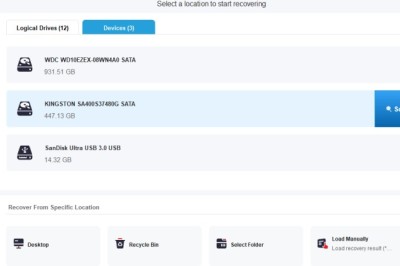
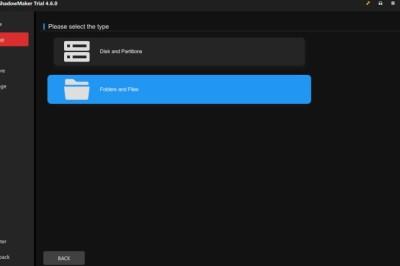

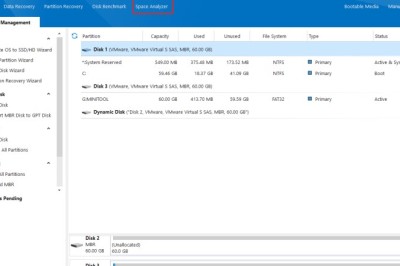
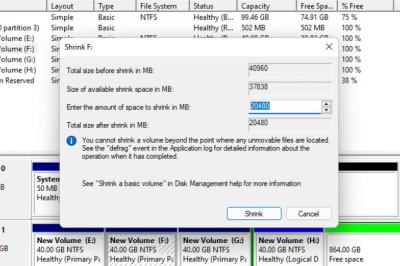

Comments
0 comment